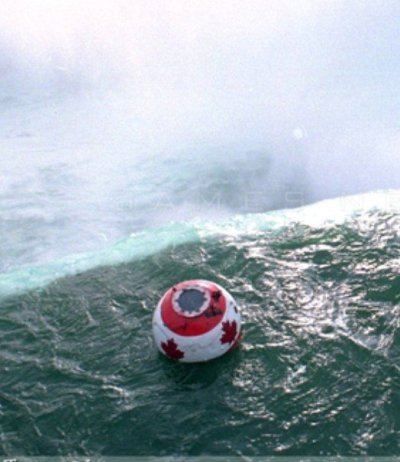Previous comments seem relevent. My wife and I spent 15 years living aboard 2 sailboats in all parts of the Caribbean. Then 6 years ago we found our aging bodies wanted more comfort and space so we bought a 44 ft Marine Trader Sundeck, built in1985, in Jacksonville. A wonderful coastal boat for Florida waters but we wanted to return to the windward/leeward islands. St Martin and Martinique being out favorite haunts. Spending months at a time at anchor and not travelling a great deal. We took a year to fit Paradox ll out for such living. Solar panels, wind generator, large house battery bank, 90 lb. Rocna anchor, 220 ft 3/8 ths chain, led lighting, gutters around sundeck top for a rain catch, added foot pumps to sinks, had fuel tanks cleaned, painted out some exterior varnish work, removed teak decks from main deck, sunshades around after deck, fabricated and mounted a dinghy lift at transom and some other things I may have forgotten.
We had made the voyage from Panama to Florida along Central America and twice from Florida to the Windward/leewards on our sailboats. Now it was time for a trawler and we faithfully followed the advice in Passages South. We patiently waited for weather windows including a month at Rum Cay and a month at Luperon in the DR. Took our time through Puerto Rico, Culebra, U.S. and British Virgin Islands. Roughly 15 months to St. Martin.
This is our 5th year now in the islands. Several times back and forth to the Grenadines and St Martin. Just now arrived in Martinique from the summer in Grenada.
So, to answer the question, yes it can be done safely if you watch the weather, have time and patience. Is it always comfortable, no! The tradewinds and swell tend to be abeam when transiting between the islands down here, and that is not helpful. If you want to move between islands regularly a sailboat is a better choice. The other option is a trawler with stabilizers. Either fins or trawls. We have done the travelling and have been happy staying in our favorite anchorages. Here in Ste Anne are 100+ boats and only 2 of us are trawlers! Think of us as floating condos! Spacious, comfortable, and moveable. But tender!
Can you move in less than desireable weather? Yes, but it will be uncomfortable. You can reduce speed and change course, sometimes crabbing across open water, letting her make a lot of leeway, at a slow speed, drifting towards your destination.
Final comment... I saw a 44ft Defever with stabilizers for sale. A good choice, but she had some other less desireable features and was more expensive. There is a 42 ft trawler with added trawls they said made a great difference, down here. If you can afford a real Passagemaker it is a better choice.
We have been happy with Paradox ll as she has done what we have wanted to do. After 21 years in the islands though, we are ready to move ashore and she is for sale. (Apollo Duck and Yachtworld) Hope our experiences and opinions are of help to anyone wanting this lifestyle.

